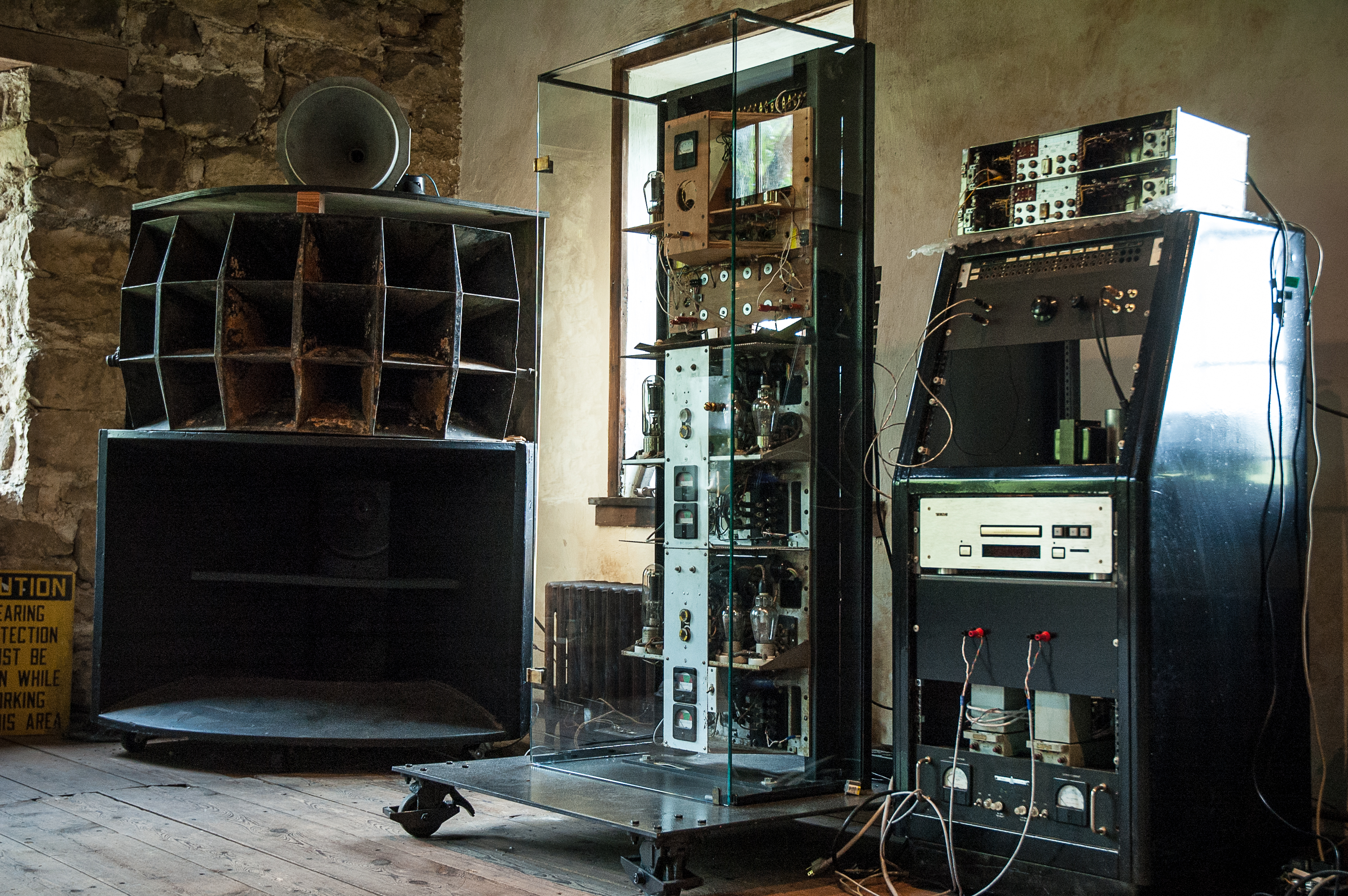Blog

Too True to be Good
Every once in a while, I’ll see something published in one of the audio magazines, especially in the newsletter emails I receive, which has me perplexed: Are they really giving it up? This passage is from an entry titled “Too Good to be True”.
“Two letters from readers (see below) started us thinking again about something we’ve mulled at, off and on, for the past year or so: Does today’s high-fidelity equipment, for all its vastly improved performance, actually sound that much better than the best of the early components?
Certainly, the best of today’s pickups, amplifiers and loudspeakers are objectively far superior to anything available ten, or even five years ago. Pickups trace more cleanly at lower forces, amplifiers have lower distortion and higher stability, and speakers have wider range, smoother response and lower distortion than ever before. Yet increasing numbers of long-time audiophiles are complaining that today’s sound reproduction is not as natural as it used to be during the golden age of monophony.”
Here’s the clincher (the giveaway is the last word: monophony)- the above passage was published on January 1, 1963, by J. Gordon Holt, the founder of Stereophile. This was written more than half a century ago, though it sounds entirely accurate as a summation of high end audio today. The irony is twofold: equipment made and sold today is not as good sounding as what was available 50 years ago, and even 50 years ago, people were complaining that technological progress was not improving sound, but making it less “musical”. The piece continues with this observation:
“High fidelity started in movie theaters, and horn speaker systems became the standard of quality because, when used with contemporary amplifiers, they provided just the right amount of brilliance and “presence.”
Holt goes on to temper any enthusiasm for horns and triode tube electronics by adding this:
“But when audiophiles brought these components into their living rooms, the sound was far too brilliant and shrill. Some slightly insane audiophiles, including the partially deaf, liked that kind of sound, but musically oriented listeners soon concluded that, while homs were fine for auditoriums (and palatial living rooms), they had no place in the average home. Direct-radiator speakers became the accepted standard for in-the-home use, because of their “smoother, sweeter” sound.”
What was really happening in 1963 was the revolution introduced into high end audio by the likes of the little Acoustic Research AR1 (see my blog entry “I Hate Horns”) bookshelf speaker and solid state amplifiers. This allowed the audio industry to go mainstream with small, cheap products, and the magazines followed suit with their justifications such as above, which were ridiculous. For instance, while horns have far more potential output at high frequencies than dome tweeters, virtually all amplifiers at that time had tone controls which allowed the user to adjust “brilliance” to their liking. Horns do require at least 10 feet of distance to the listener, but that’s not exactly a “palatial” demand. Holt goes on to admit that the quality of “presence” which these older system had in spades is now missing in favor of the “smoother, sweeter sound”. So what is presence, anyway, when it comes to sound? It’s the experience of being present when music is being performed. In other words, its truth- to the musical event. What is “smoother, sweeter” sound? It’s sound which has been de-natured of transient response and dynamics through the use of small, inefficient box speakers with solid state amps, all of which can be made to measure better in frequency response and harmonic distortion, but which even 50 years ago were not fooling people who knew better.
(Read the Stereophile article here)